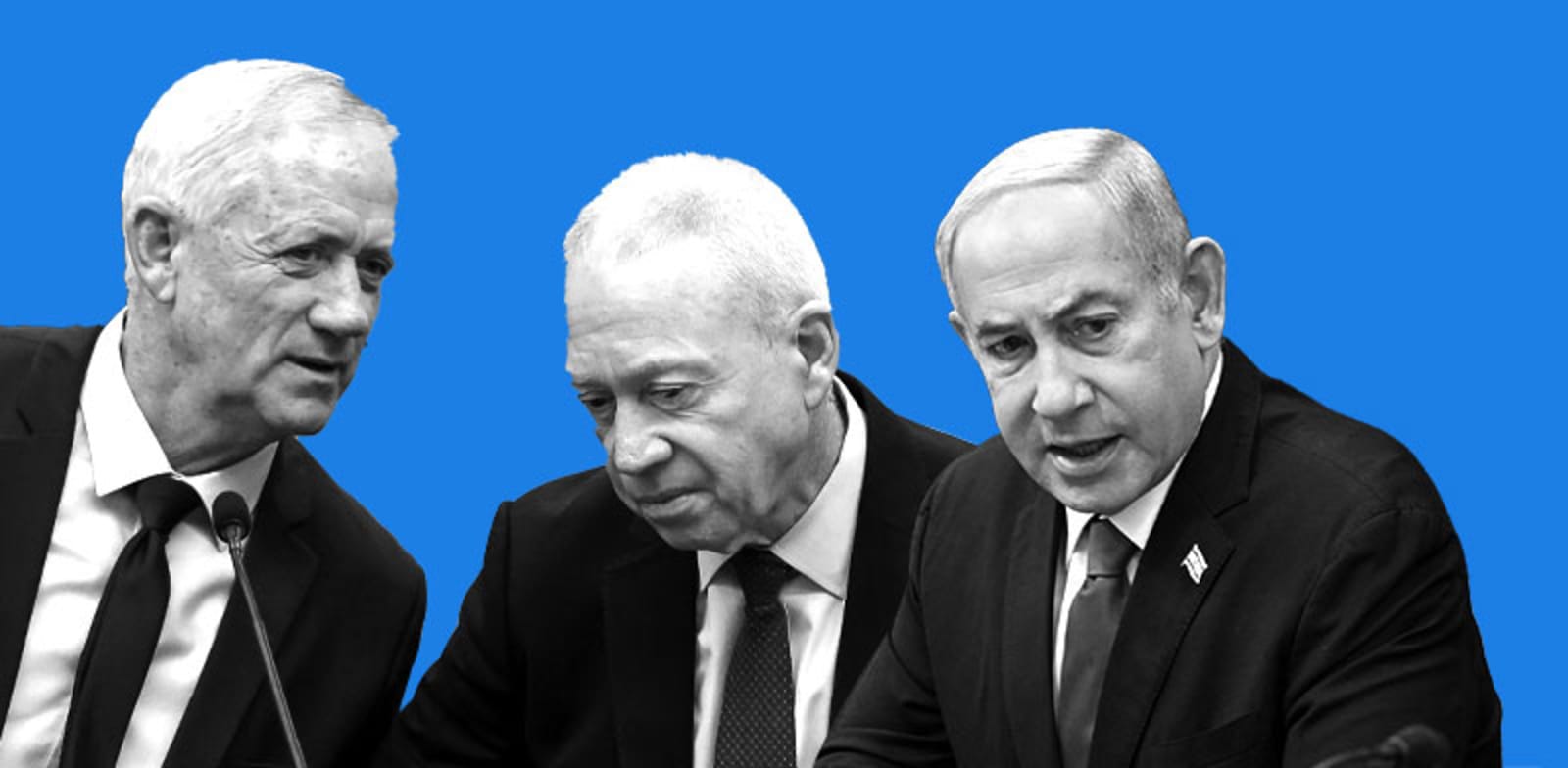We chat with the cast and producers of ‘Moon Girl and Devil Dinosaur’ and find a series that feels unlike anything in the Marvel Cinematic Universe.
Disney Television Animation
Marvel Explained is our ongoing series, where we delve into the latest Marvel shows, movies, trailers, and news stories to divine the franchise’s future. In this entry, we chat with the producers and cast of Moon Girl and Devil Dinosaur, discussing their fresh contribution to Marvel’s seemingly infinite slate.
This year will mark Marvel Studios’ fifteenth anniversary. When Iron Man arrived in 2008, and Nick Fury snuck into Tony Stark’s end credits to announce the Avengers Initiative, we could not have imagined the cinematic and all-around pop culture domination that would occur. Four Phases, twenty-nine films, and eight Disney+ streaming shows later, the Marvel Cinematic Universe is more than a little familiar, and some party poopers would even dare to call it stale.
Walking into a new Marvel movie (like we’ll all do in a few days when the third – !! – Ant–Man film arrives) doesn’t carry with it the same shivering excitement as it once did. The movies may be good or bad, but we know basically what we’re getting, which is a horrible and amazing place to live as a fan of these stories. However, the creators have the potential to knock us on our asses and shake off those expectations.
Moon Girl and Devil Dinosaur is not a Marvel Studios event. Still, it is based on a Marvel Comic created by Brandon Montclare, Amy Reeder, and artist Natacha Bustos with some significant Jack Kirby influence. Originally published in 2015, the comic told the story of super-genius fourth-grader Lunella Lafayette and her parallel-dimensional T-Rex pal, Devil Dinosaur. The new Disney Channel series keeps the comic’s basic set-up but ages Lunella and removes her angst.
Additionally, the animated Moon Girl and Devil Dinosaur bops along like nothing Kevin Feige’s cronies are putting down in their Phases. The series has a killer soundtrack, a vibrant positivity, and a voice cast to rival any other cartoon on the market. Real quick, put your peepers on a small portion of its guest list: Alfre Woodard, Alison Brie, Cobie Smulders, Maya Hawke, Luis Guzmán, Laurence Fishburne, Wesley Snipes, Craig Robinson, Daveed Diggs, Jennifer Hudson, Wilson Cruz, Method Man, and on and on and on.
Fronting the show as Lunella and Devil Dinosaur are Diamond White and Fred Tatasciore. During last year’s New York Comic-Con, we participated in a round table with them and a few of the producers (Rodney Clouden, Pilar Flynn, and Steve Loter). Clearly, they were eager for the world to check out their series and proud of the unique flavor they contributed to Marvel’s grand buffet.
“We’re creating something new,” says White. “We have levels of emotion that I don’t think the comics really hit at. We get emotional in this series, which is something, I rarely see in cartoons, especially Disney and Marvel cartoons. This show brings a level of like, ‘Oh, this is actually sad.’ There are a lot of real moments. When voicing the character, I go to my geeky nine-year-old self, and I’m just in the booth as her.”
Now, as Devil, Fred Tatasciore doesn’t have a human language at his disposal, but that doesn’t mean he’s speaking gibberish. Using snorts, snarls, and growls, Tatasciore creates a tremendously empathetic work. The big red dinosaur is all emotion, frequently steering the audience toward catharsis.
“When I do it,” says Tatasciore, “I am actually acting it out. It’s the funniest-looking video. I even do the arms. I’m not kidding. I’m trying to look at the script and seeing like, ‘Okay, what do they want me to say?’ And we will have a sentence in our heads like, ‘Lunella, we need more hot dogs.’ It starts off Scooby-like, but they don’t want English spoken, so it becomes more abstract and broken down. Whether it’s a happy or sad sound, I start to have a physical and vocal language. The more I’ve done it, I can tell there is a language.”
One of the major changes in the series is the relationship Lunella has with her family and where they make their money. The Disney Channel Lafayettes own and operate a roller skate rink, one that is always in need of repair, and Lunella’s mechanical skills. This change was not done for change’s sake but in response to how they were telling Moon Girl and Devil’s stories.
“The development of the show was interesting,” says Loter. “We used the comic as a springboard, but we knew we couldn’t fully translate it because it’s a different medium. Animation took us to different places. That’s why the family has a roller rink because that’s something that’s more visually forward and exciting. Looking at the comic, we wanted our character designs to look very pen and ink. They have these spotted blacks, an inky style on them, and that’s completely intentional because we did want it to feel like a graphic novel come to life.”
The comic book Lunella is very internal. She lives in her head, and besides her interactions with Devil, she rarely seeks assistance from the outside. The television creators wanted less brooding in their series, preferring a more exuberant approach to Lunella and her entire family.
“It was so important to show a little black girl in a joyful family,” says Flynn. “A lot of our creators and cast come from multi-generational families, and we felt it was more authentic and just a better way to show her growing up in this family that really loves her. In the comic book, she’s a loner, and she doesn’t have that support system. It was important for us, at this time, for kids to see their own really beautiful families reflected on screen.”
Imagine Lunella’s family as her first superhero team. They’ve assembled. They’re ready for anything; whatever threat comes their way, they can take it down together. Lunella is the star, but the team is essential.
“In terms of the family dynamic,” says Clouden, “it was very important to see a black family that Lunella can learn from and vice versa. Seeing that and showing that in a positive light was a critical aspect that we wanted to ensure was out there.”
The crew making Moon Girl and Devil Dinosaur are doing so because this is the show they want to see thriving. Diamond White knows that there is a kid out there watching, many kids out there watching, who will connect significantly with Lunella Lafayette. She’s excited to see a wave of enthusiasm ripple from what they’ve put into this series, and she fully believes Moon Girl and Devil Dinosaur can impact its audience.
“I just know that it’s going to make a difference in a lot of kids growing up,” says White. “School is tough. You get bullied, and it’s not really ideal for a lot of kids. But this show teaches you, ‘Hey, it’s cool to be about your books and science and quantum physics. It teaches you things, but as you’re learning, it’s not like, ‘Oh, this is an educational show.’ It’s a fun show. The graphics are incredible, and it teaches you that one girl can make a difference. I think that’s super important.”
Maybe those lessons can be found elsewhere within the Marvel pop culture landscape, but Moon Girl and Devil Dinosaur teaches with intention. The series is a kids’ program, but in not talking down to its audience, the producers also keep the door open for an older crowd.
By embracing the pen and ink style of the comics, Moon Girl and Devil Dinosaur also stands dramatically and visually apart from what their friends over at Marvel Studios are cooking up. There really is nothing quite like it on television. It’s a reminder that superhero adventures need not operate like every other superhero adventure.
Moon Girl and Devil Dinosaur is currently airing on the Disney Channell and will start streaming on Disney+ on 2/15.
Related Topics: disney plus, Marvel Explained

Recommended Reading
















